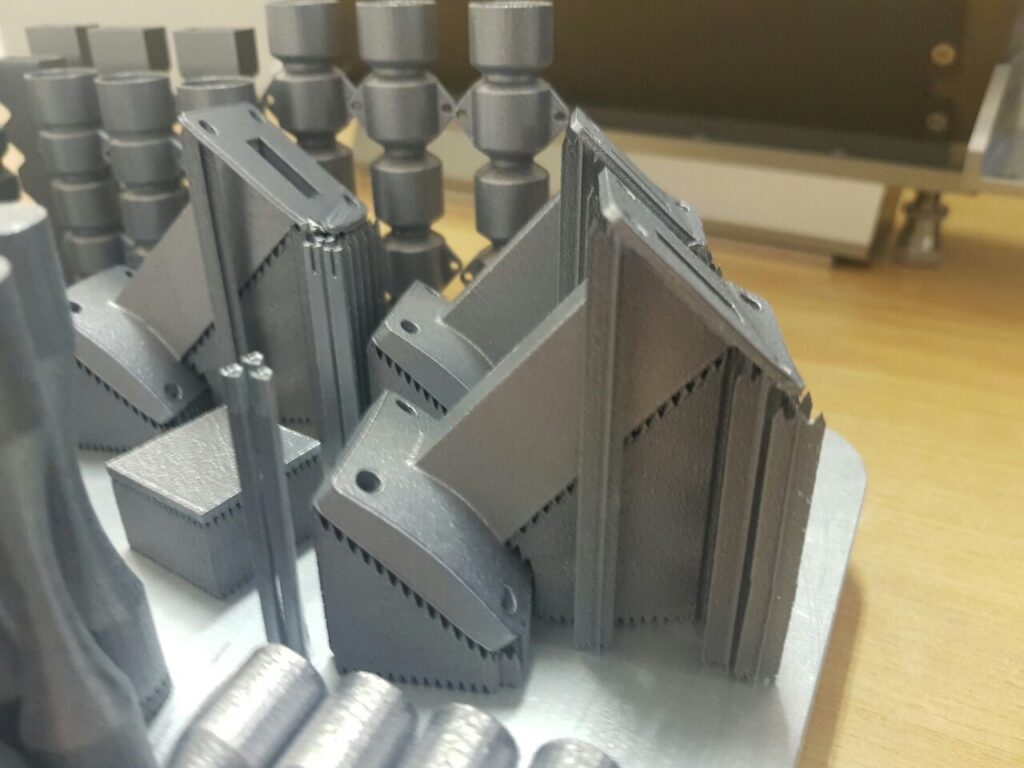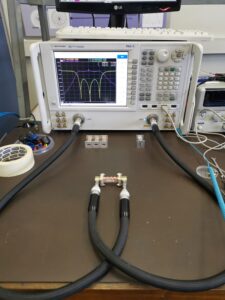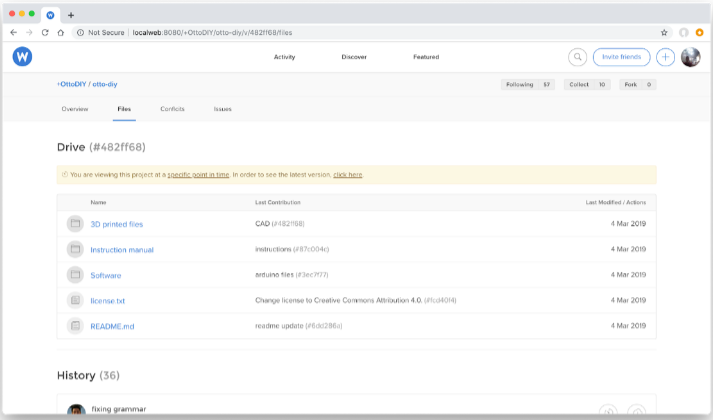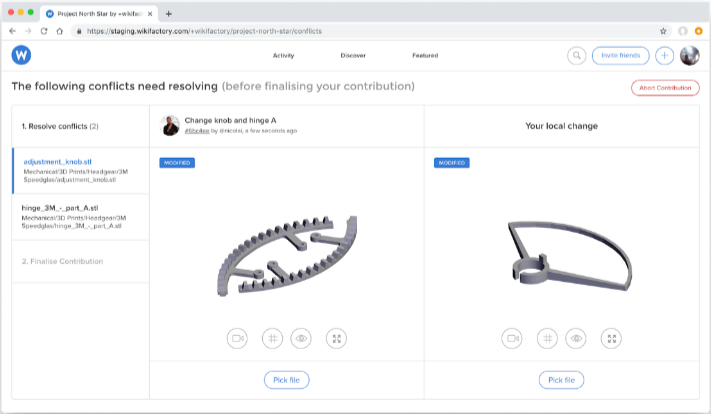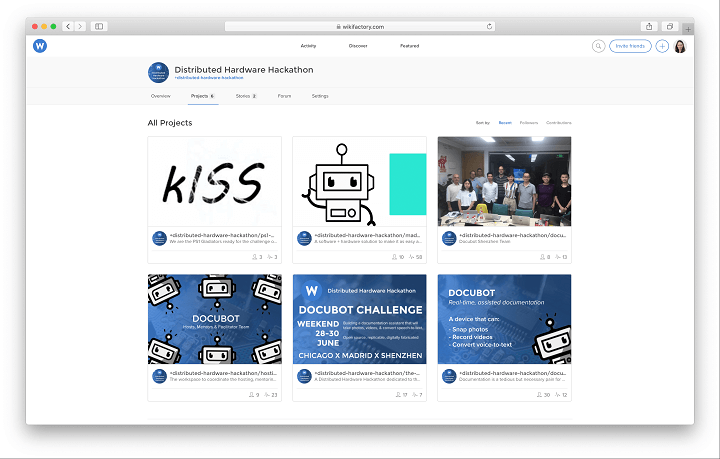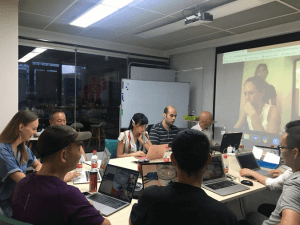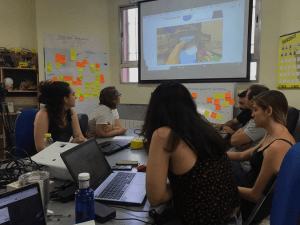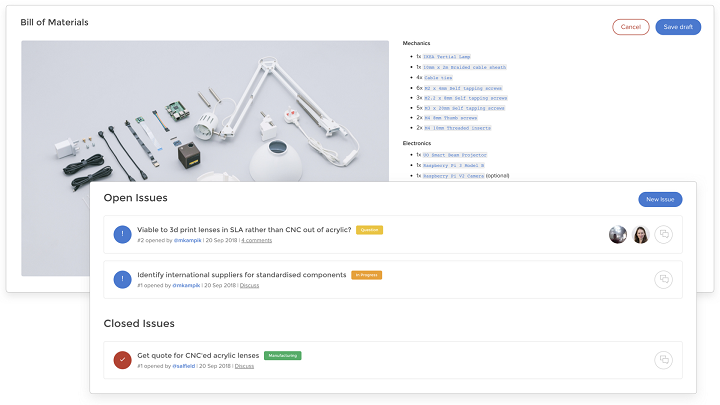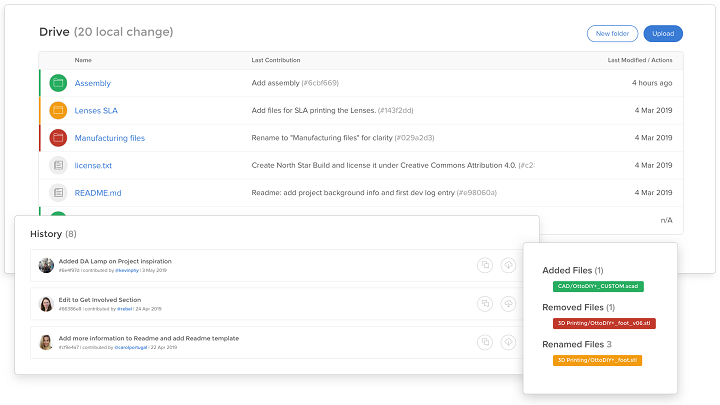LUMINO was founded by Bernhard Neuwirth, Michael Marcovici and Nadine Damblon to provide a new type of face mask that would be comfortable and reusable. The LuminoGo mask allows the wearer’s face to be fully visible and sterilizes breathing air with UVC light or with an integrated filter. Using Shapeways’ services to 3D print nearly all of the parts for the mask, the LUMINO team was able to prototype quickly and affordably with different material and color options.
We interviewed Bernhard Neuwirth, CTO of LUMINO, to understand how they utilized Shapeways’ 3D printing technology and services to develop their innovative face mask.
Can you take us through the start of LUMINO?
When the pandemic
started in China, my business partner Michael Marcovici and I, were in the
business of freeze dryer production. Our business slowed down immediately, as
we could not get many needed parts anymore. While we have been in lockdown in
Austria we started to look into the mask market and the various designs.
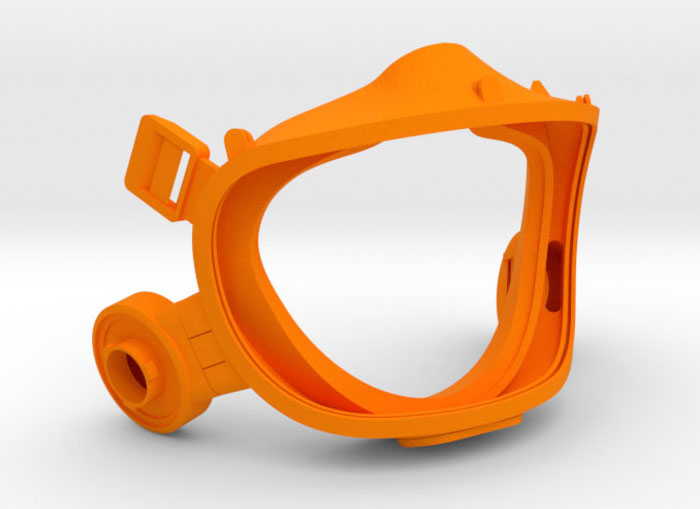
How has the pandemic influenced your business decisions?
The pandemic certainly was the reason for us to look into mask design and technology. But LUMINO was certainly not created just for the pandemic, we believe the design solves many problems of current masks on the market. The currently used masks in urgent care are one-way disposable. We want a product that is nice to wear and sustainable.
Who are LUMINO’s customers?
The LUMINO mask is
a very versatile product and has up to 16 different configurations, its use
ranges from hospitals to sales personnel, from bartenders to public services
and many more. LUMINO can be configured to sterilize in one or both ways (in
and exhale) it can be equipped with ventilators for fresh air and easy
breathing. It can be used with traditional filters as well as our own developed
UVC light module that kills germs with ultraviolet light.
Shapeways was helpful in every way from early on in the project. I especially liked the very fast production options, the choice of materials and the amazing quality of the product.
Bernhard Neuwirth, CTO of LUMINO
Which parts of LUMINO’s products are 3D printed? Why did you choose to 3D print them?
Almost all parts
are 3D printed. The main reasons for us have been fast prototyping, fast
production, choice of materials and colours, which is important for branding
and personalization. The big difference with competitors is that we have
already working prototypes.

What is the benefit of using Shapeways over more traditional manufacturing methods?
Shapeways was
helpful in every way from early on in the project. I especially liked the very
fast production options, the choice of materials and the amazing quality of the
product. Traditional production methods would be injection moulding. We will
certainly do that in the future. Meanwhile we produce already, while optimising
the product. We use 3D-print as a production method.
What 3D printing materials do you use and why?
We mainly use Nylon in SLS (Versatile Plastic) as material. It is cost-effective, high resolution, heat and moisture resistant, and nearly unbreakable. Furthermore there is no allergic reaction with the human wearer (good biocompatibility).
How did you find Shapeways?
I’ve known
Shapeways for many years as one of the top addresses for 3D printing, so we did
not need to search actually.
How has Shapeways’ speed of manufacturing helped with your production process?
We had about 4
iterations of prototyping, most of the time we used the fastest production and
shipping option and have saved overall probably a month in development time.
What is the most important aspect of working with Shapeways for you?
We wanted a
partner that can deliver even in difficult times. We were amazed that all the
delivery was on time and that we could easily reach sales to get support.
What are some of LUMINO’s ambitions for the future?
The aim of the [Indiegogo] campaign is to get to the market, meet the minimum order quantity for many of the electronics parts of the product and get certification for the product in the main markets.
Prototype with Shapeways
Because 3D printing offers such a quick production turnaround, the LUMINO team was able to prototype and create their face mask in a very short amount of time. This allows them to very quickly circulate a new mask that maintains visibility, comfort and safety for anyone working in close contact with others.
Do you have your own innovative ideas? Upload your design and start printing with Shapeways now.
The post LuminoGO: Comfortable and Sustainable 3D Printed Face Mask appeared first on Shapeways Blog.



